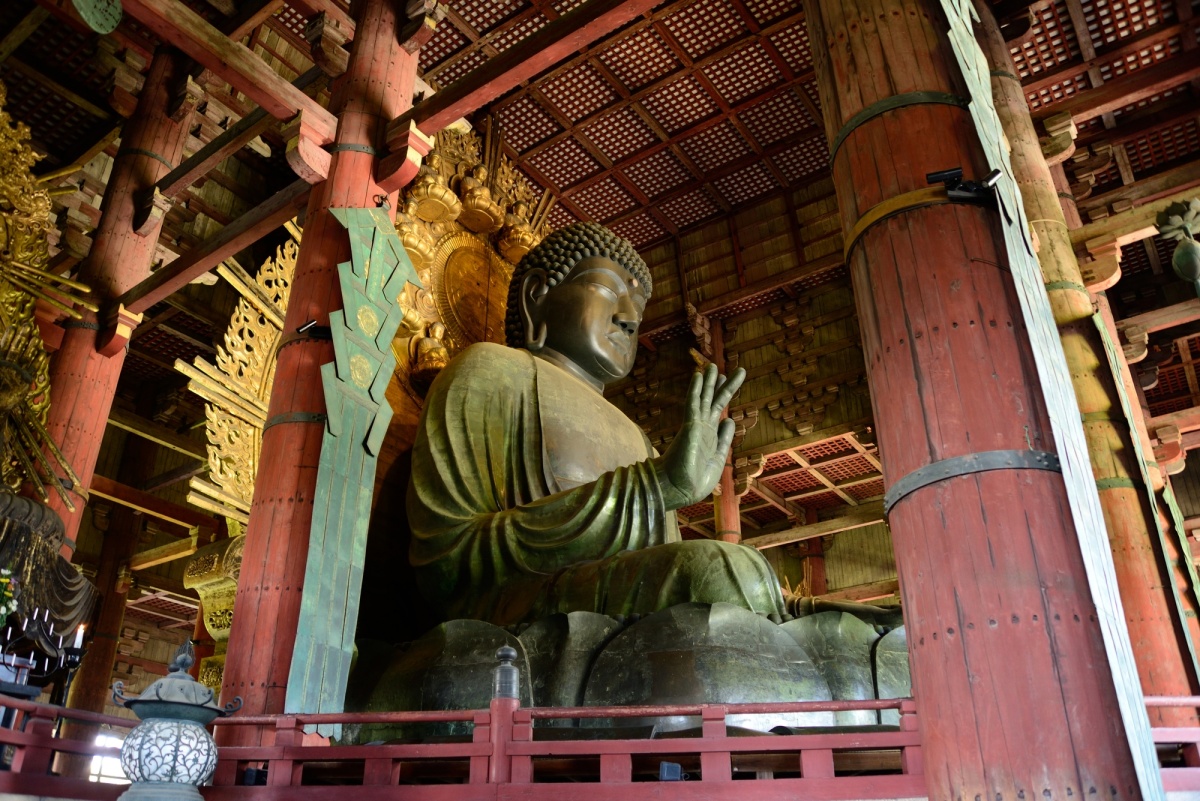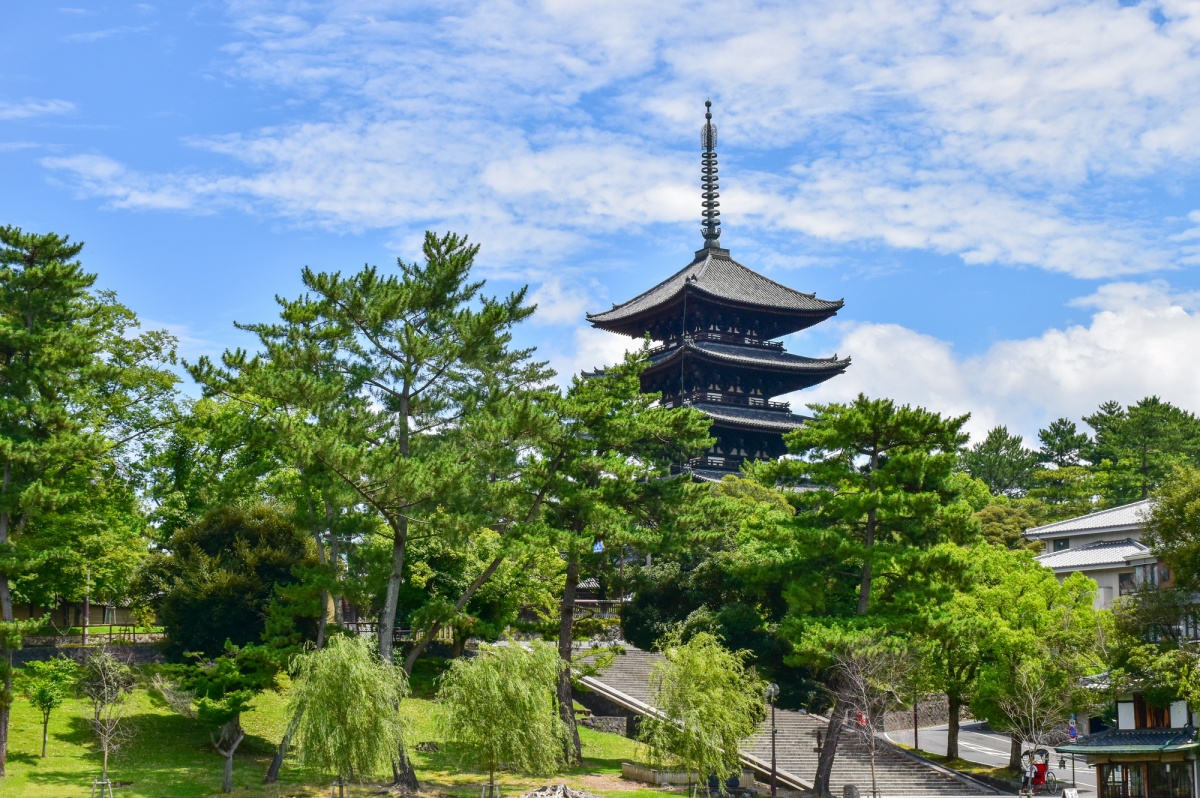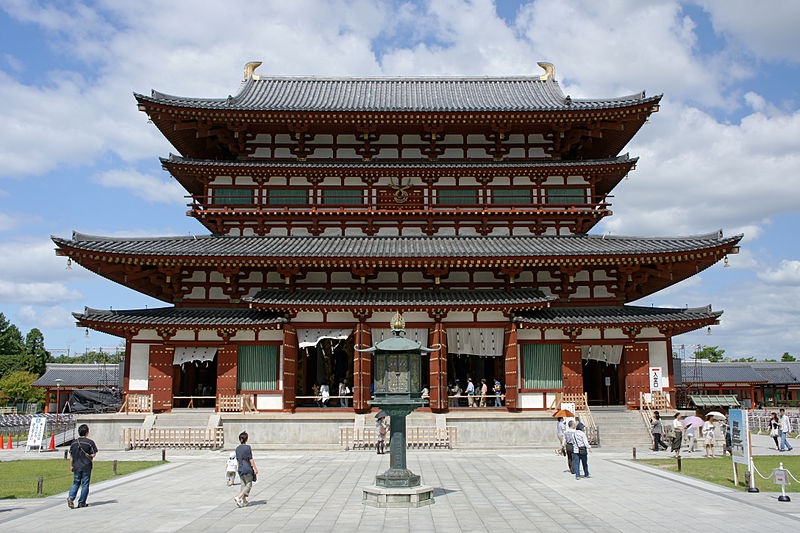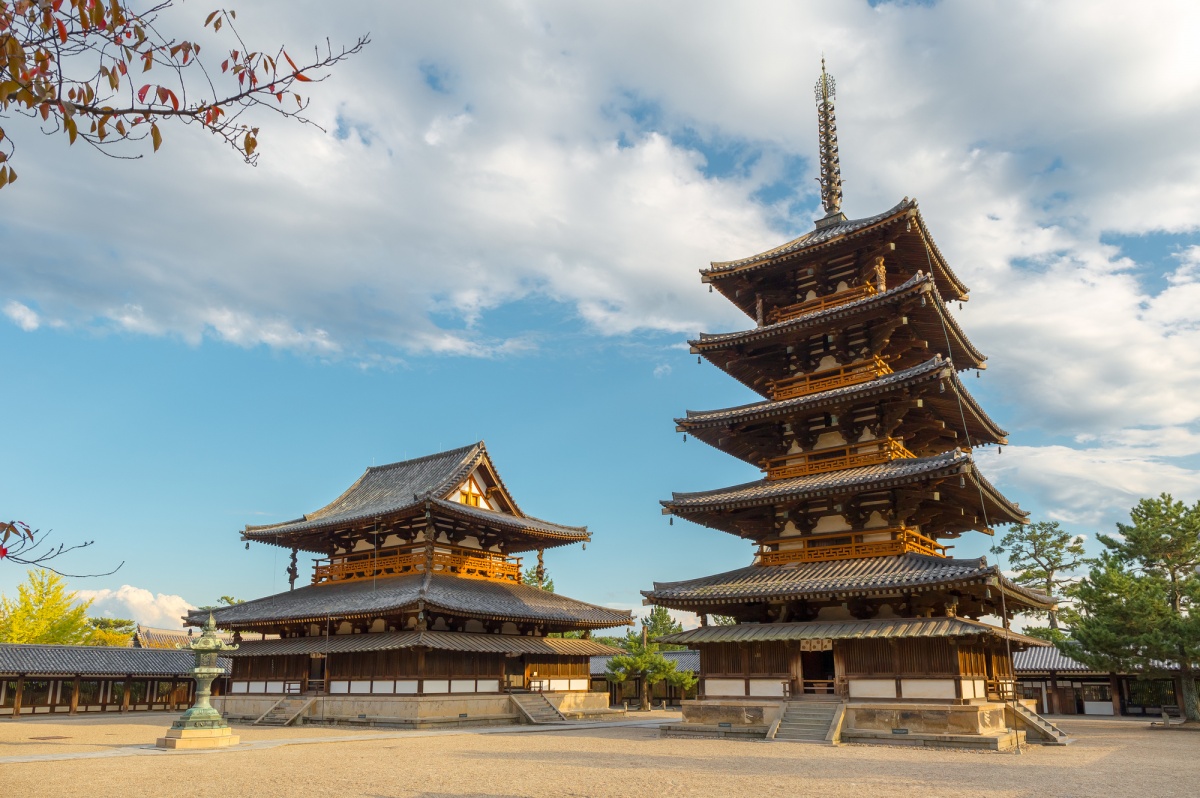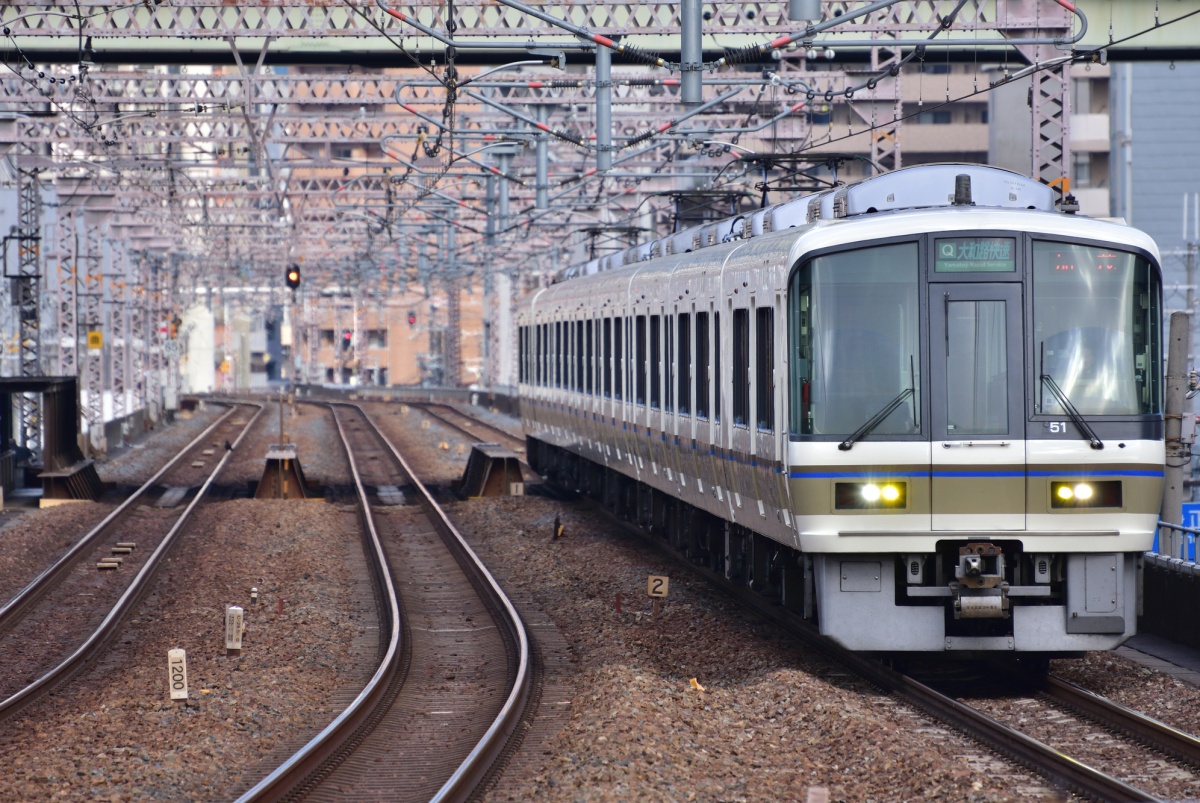48 Hours in Kyoto on a Budget
Kyoto: Japan’s old capital, a UNESCO smorgasbord. What we present here is how to burn through the best without missing a beat—or straining your budget. This isn’t Kyoto for the faint-hearted, so lace up your comfy shoes and get ready to hit the pavement.
By Michael KanertSunday
You’ll be going a little further out today. Just be sure to watch your timing—trains can be a little sparse, and express trains can be sparser.
1. Fushimi Inari Taisha
Fushimi Inari Taisha is that shrine with the ranks of red torii gates you see all over the internet when you Google ”Japan.” From Kyoto Station, head south two stops on the JR Nara Line to JR Inari Station (¥140). Don’t take a rapid train—it won’t stop here.
The principal shrine to the fox-god Inari, a visit to Fushimi Inari Taisha is essentially a long hike up a hillside. After about 30 to 45 minutes of this you should arrive at the Yotsutsuji intersection, by which point you’ll have seen thousands of torii gates and will be ready to head back. Unless you're a super-enthusiastic hiker, don’t bother trekking all the way to the summit; it takes two to three hours, and the view won’t change much.
2. Byodo-in Temple (¥600)
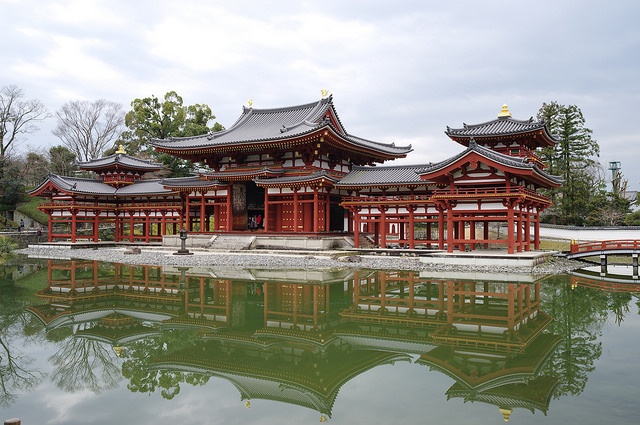
https://www.flickr.com/photos/aisiterucat/32720575500/in/photolist-RRpv8s-4FkZYm-4FkZU3-4FgNsX-4FgN6t-4Fm1YL-4FgMwD-RRptoA-4Fm2m5-4Fm1xj-4Fm1MJ-4Fm1Ss-4FgLt8-4Fm1gW-4FgNon-4FgLBD-4FkZPY-4FkZCh-4Fm1FQ-RRpsyj-RRpvkG-BLcNRx-RRprXE-SrbZb8-SnuMJQ-aSmfMg-SnuMQS
Built in 1053, Byodo-in is one of the few temples remaining from the Heian Period (794-1185). It’s so emblematic that it’s on the back of the ¥10 coin.
Take the train from JR Inari Station to Uji Station (¥240) and walk about 10 minutes. This one’s a bit like Kinkaku-ji—a single building that you examine from a few angles before moving on, though you can pay an extra ¥300 for a quick tour inside. Grab some food and have a sit by the Uji River before moving on.
3. Todai-ji (¥500)
Todai-ji is not only the world’s largest wooden building—it also houses Japan’s largest bronze seated Buddha and is fronted by a monumental wooden gate. From Uji, take the JR Nara Line to Nara Station (¥500), then be ready for a 30-minute walk through a shopping street and some deer-filled forests. You can also buy deer crackers if you feel like being deer-mugged.
3.1 Kofuku-ji Temple
If you have some time, buzz through Kofuku-ji on your way back. At 50 meters (164 ft) in height, its five-story pagoda, built in 1426, is the second-tallest in Japan after To-ji in Kyoto. That said, the temple isn’t much to look at after Todai-ji, but you’ll be done in a few minutes, it's free, and it's on the way.
3.2 Kasuga Taisha Shrine
If, instead of heading back, you feel like spending some more time in Nara, Kasuga Taisha is just up the hill from Todai-ji, though it’s more pleasant than overwhelming.
3.3 Yakushi-ji Temple (¥800)
In the other direction, Yakushi-ji, Toshodai-ji (¥600) and the Heijo Palace remains (free) are all basically in a straight line a few kilometers west of Nara Station.
They’re just far enough that you’d likely need to take the Kintetsu-Nara Line (not the JR line) to Yamato-Saidaiji Station. Depending on your plans and the time, you can get off and start at the palace remains, or transfer to the Kintetsu-Kashihara Line and take it south to Nishinokyo Station, which will put your closer to Yakushi-ji. However, you’d need a half-day to hit them all properly, so if you’re rushing, you’ll have to choose the spot you want to prioritize.
3.4 Horyu-ji Temple (¥1,500)
If you’d really like to take a speed run at just one thing, Horyu-ji is definitely worth the hustle. The world's oldest wooden building and a UNESCO World Heritage Site in its own right, it lies a little over 10 minutes southwest of JR Nara Station on the Yamatoji Line. However, it’s still a 20-minute walk from Horyuji Station, so be sure to watch the closing time! If you’re cutting it close, you might want to think about just how much you’re going to get out of that hefty ¥1,500 price tag.
4. Back to Kyoto
Try to time the end of your day to get one of the express (kaisoku) trains back to Kyoto on the JR Nara Line (¥710)—it’s just 45 minutes as opposed to the usual 70. An express (tokkyu) on the Kintetsu Nara Line is 10 minutes faster than the JR express, but costs almost twice as much (¥1,130). However, if you’re tired, Kintetsu Nara station is about 10 minutes closer to Todai-ji than JR Nara, and depending on where you ended your day, it could be more convenient.



